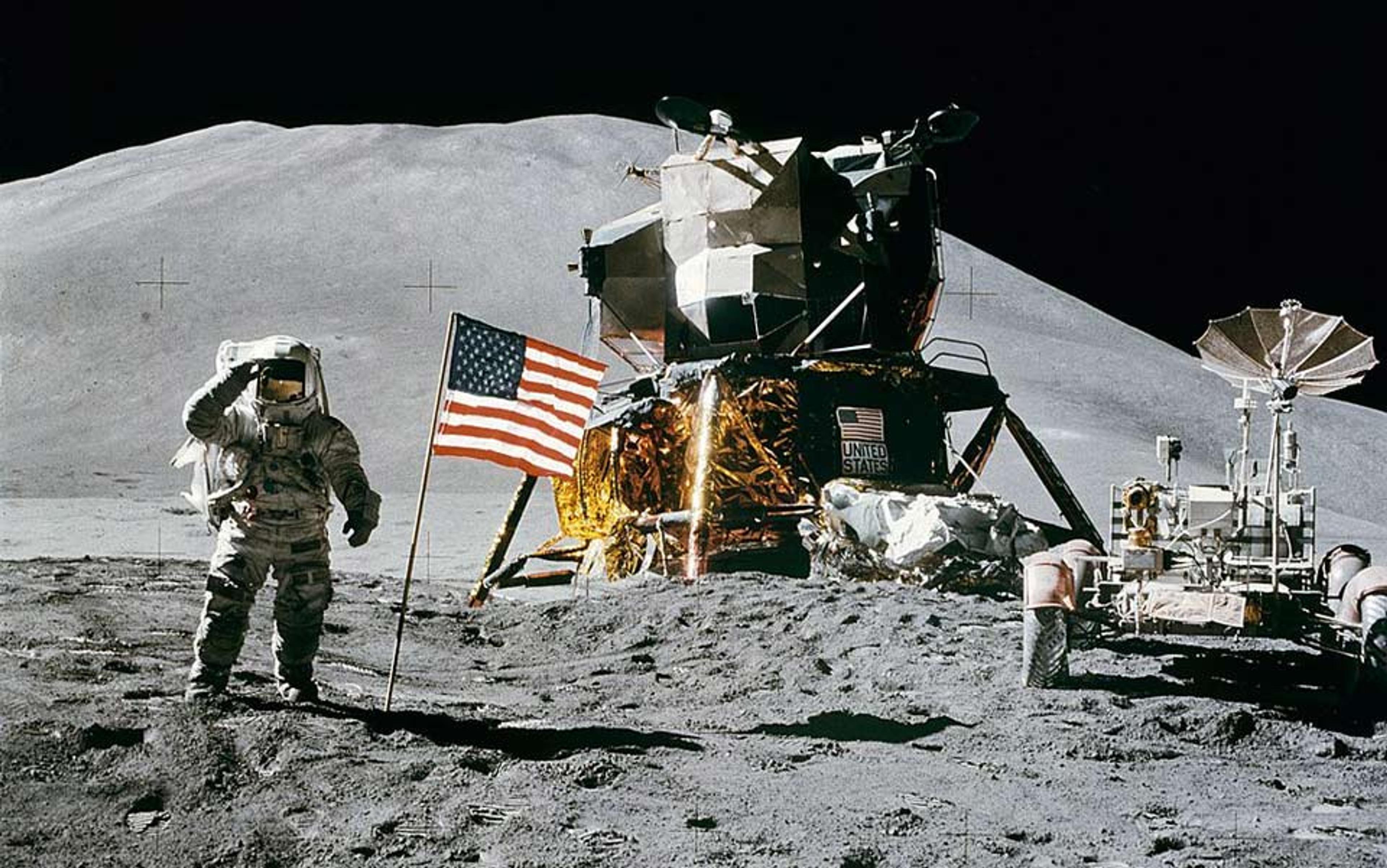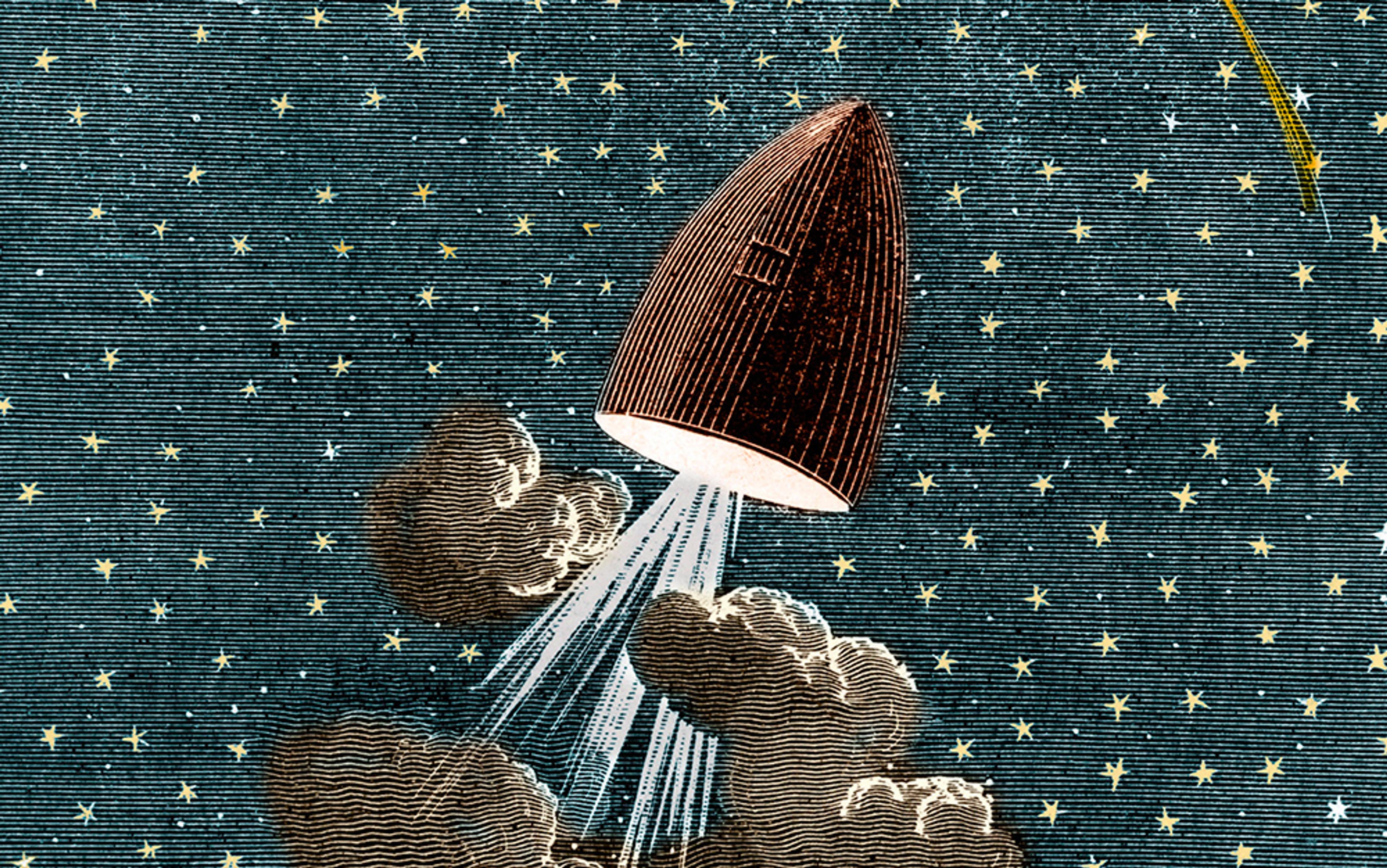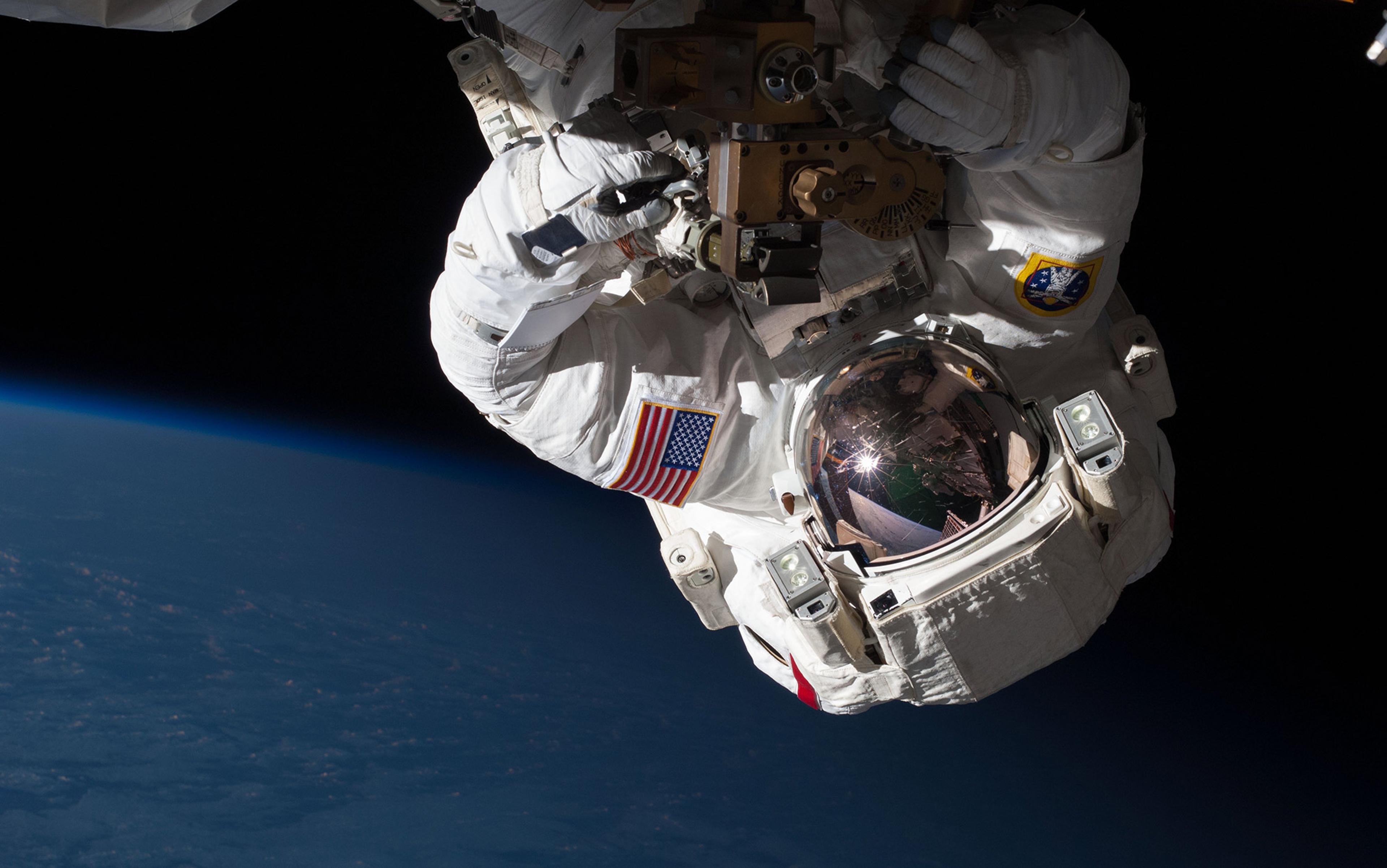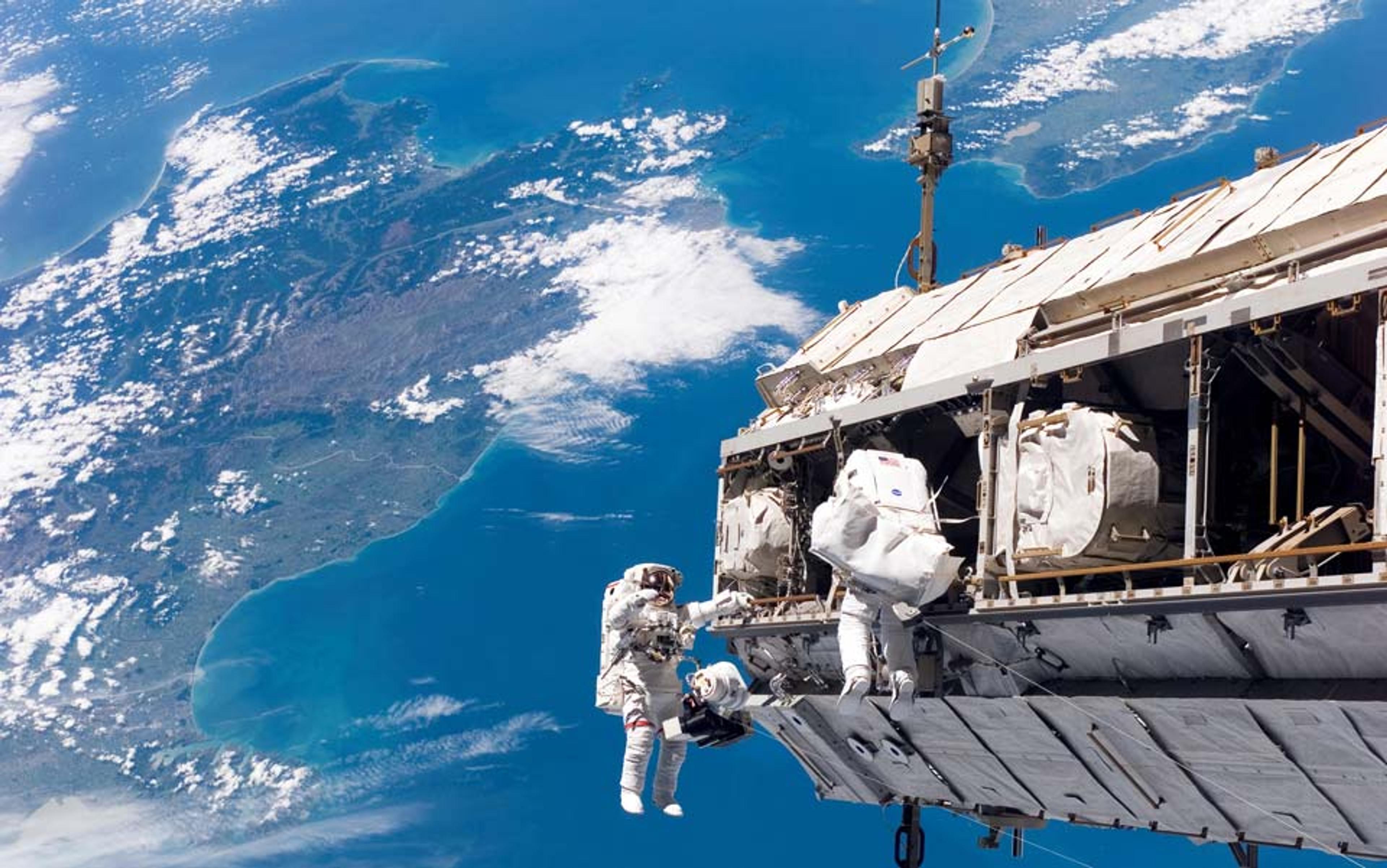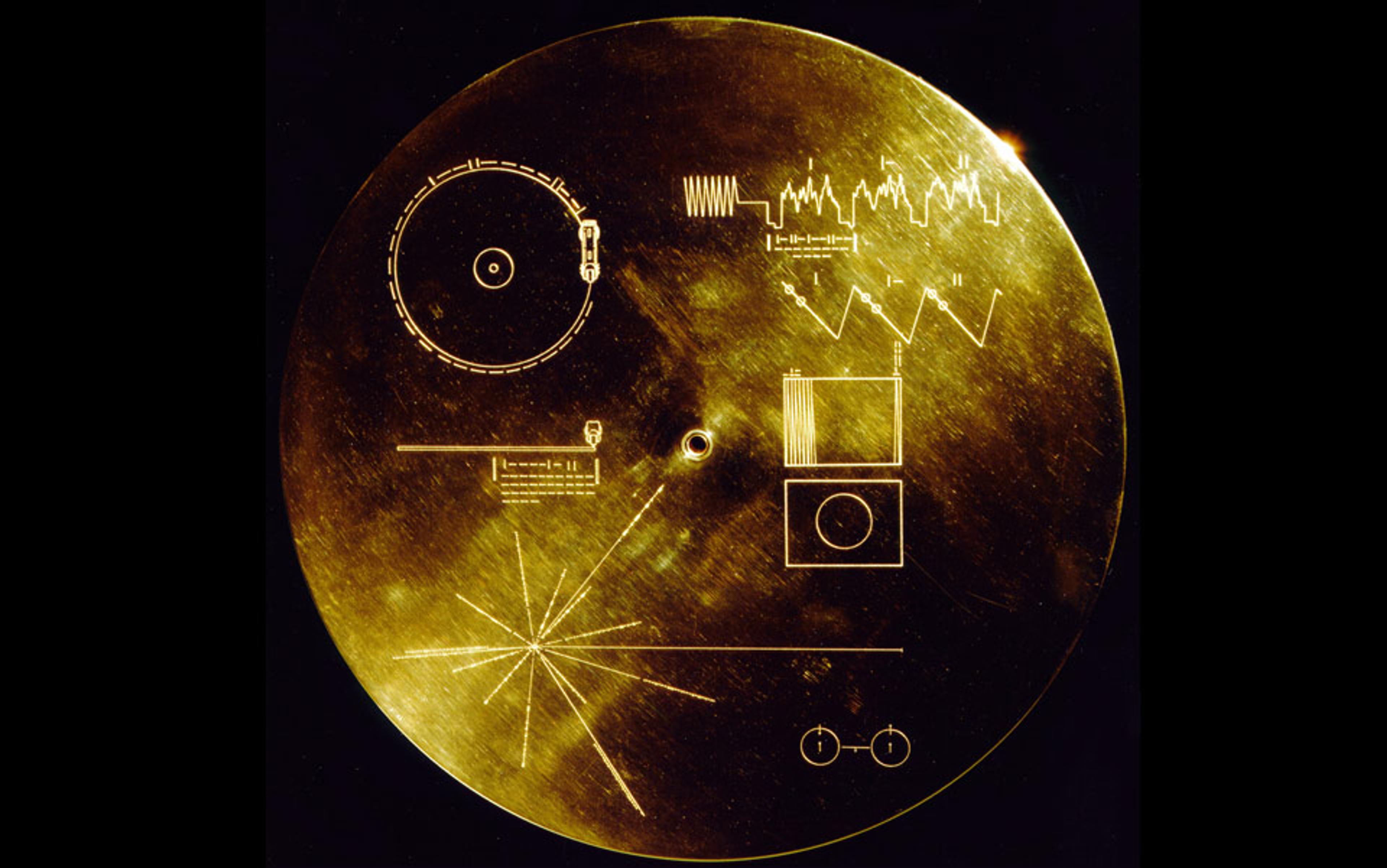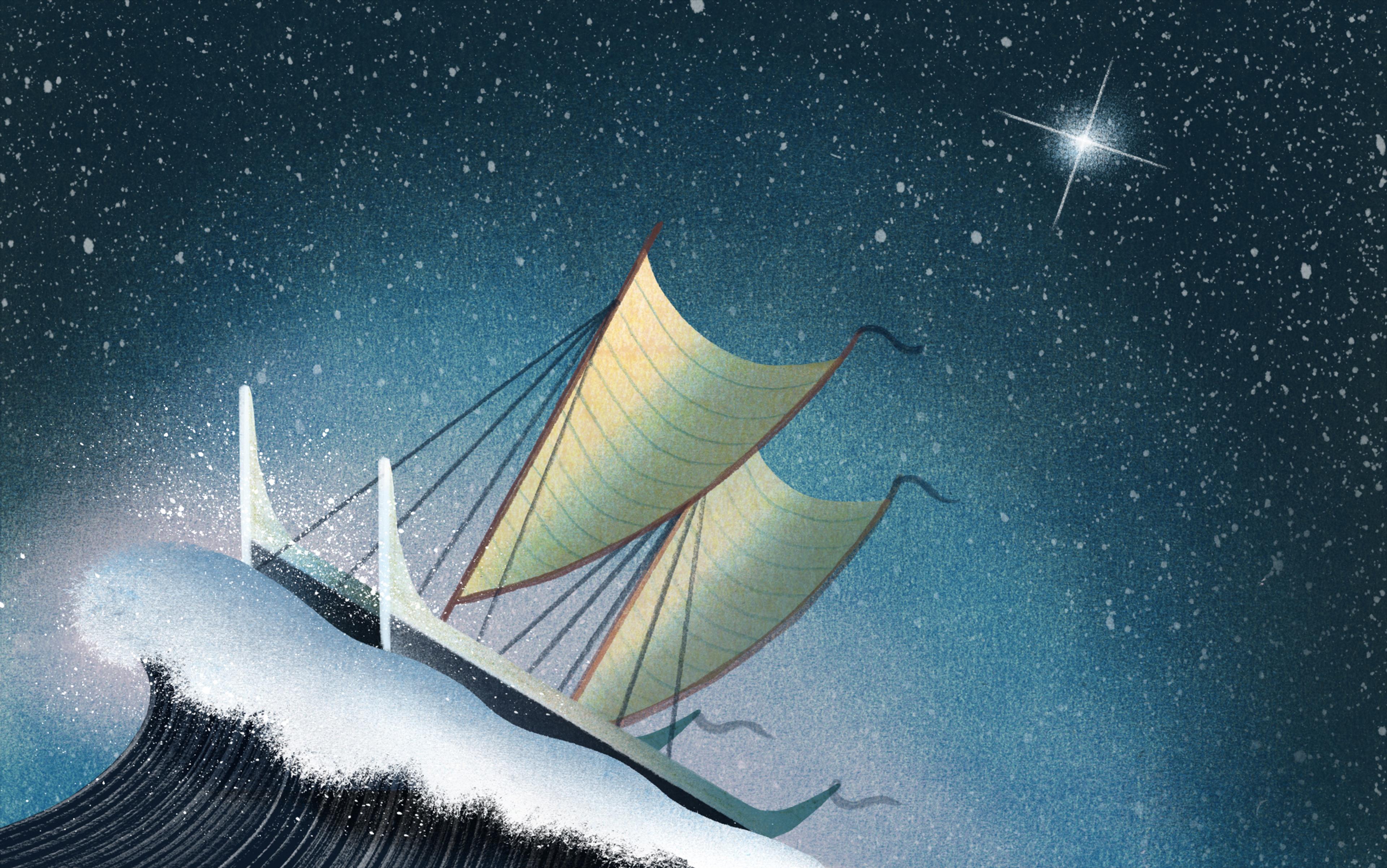When I was seven years old, my Baptist grandparents took me to meet an astronaut. It was, as they say, a religious experience. ‘He’s been on the Moon!’ my Nana told me, as if I might find this hard to believe. Though she and my grandfather had endured two World Wars and five grandchildren, they had never met a space traveller and were not about to pass up the opportunity. So it was, one summer evening in 1980, that we motored over to Aberdeen’s Music Hall in Grandpa’s mud-coloured Austin Allegro.
The queue snaked down Union Street. The city’s evangelical Christians had packed the hall, even persuading a few of their unconverted friends to hear the missionary message of the Apollo 15 astronaut Colonel James B Irwin, who had come all the way from Pittsburgh, Pennsylvania. Aberdeen had produced many missionaries of its own in centuries past, but by the late 1970s, oil wealth had left the Granite City’s cashed-up residents with less time for the observance of Presbyterian pieties, and in due course the plight of our recalcitrant sinners came to the attention of American evangelists.
First there was the stadium preacher Luis Palau, who rented Pittodrie, home to Aberdeen Football Club (he drew only a thin home crowd). Then came an evangelist called Arthur Blessitt from Greenville, Mississippi, who travelled the world carrying a 12ft wooden cross on his back and who had, by his own account, been ‘greatly used by God’ in the conversion of Bob Dylan. Later, there was the most famous of the lot, the Reverend Billy Graham, who had urged Richard Nixon towards civilian destruction in Vietnam and then fervently proclaimed the love of Jesus. I saw them all, and though I don’t recall the detail of the astronaut’s gospel message, I do remember that he often returned to the idea that God walking on the Earth was more important than man walking on the Moon. That was a good line.
My abiding memory, however, is of disappointment. This wasn’t Neil Armstrong. It wasn’t even Buzz Aldrin. The eighth man on the Moon? Eight seemed a number of little distinction. Without the spacesuit, Irwin didn’t come across as the embodiment of ‘the right stuff’. Even at the time, I recognised him as a more familiar archetype: the missionary, the envoy — one who has travelled far and returned with glad tidings. But as I was to learn, it wasn’t entirely Good News that Irwin brought back with him from the Moon. Along with 77kg of lunar samples whose unsettling mysteries we are only now beginning to unravel, he carried a fateful packet of commemorative envelopes that threatened to obscure any heavenly message altogether. Jacques Derrida once wrote that rocketry was ‘fabulously textual’. Impressed as he was by the links between ‘missive’, ‘missile’, ‘mission’ and ‘transmission’, the godfather of deconstruction could hardly have guessed at their intimate proximity in Apollo 15.
Irwin was a swaggering air force jet pilot when NASA picked him to be an astronaut in 1966. ‘The Lord sent me to the Moon so I could return to the Earth and share his Son, Jesus Christ’, he recalled in his memoir, To Rule the Night (1973). (Elsewhere he admitted that God’s will happened to coincide with some rather worldly personal ambitions. ‘I didn’t have the purest motives in the world,’ he wrote. ‘There was a lot of additional income… maybe I could afford to put my kids through college’.)
He was assigned to the crew of Apollo 15, alongside Commander Dave Scott and Command Module Pilot Al Worden. Though well-chronicled, their journey — which NASA called ‘the most successful manned flight ever achieved’ — is no longer well-known. The novel aspect of the mission was its Lunar Roving Vehicle, which allowed astronauts to drive over the lunar surface, casting further afield for geological specimens.
When Irwin and Scott took the Moon buggy for a ‘Saturday afternoon ride’ to a place called Spur Crater, they found a pure, white rock — quickly dubbed the ‘Genesis’ rock by the Houston press corps. Irwin preferred to invoke Revelation 2:17: ‘To him that overcometh will I give to eat of the hidden manna, and will give him a white stone, and in the stone a new name written, which no man knoweth saving he that receiveth it.’ ‘I think it was providential that this particular rock was lifted up and displayed to us,’ he remembered; ‘scientists will be analysing it for years to come.’ He was right about the last part, although the Genesis reference might have been the more apt of the two Biblical allusions – for embedded within the stone’s crystalline structure are what appear to be signs of the very origin of our Earth and Moon.
Until recently the scientific consensus held the Moon to be a bone-dry satellite formed when a Mars-sized body crashed into a proto-Earth, sending a plume of debris into orbit. Earlier this year, however, Hejiu Hui at the University of Notre Dame in Indiana and colleagues found water embedded in rocks that Irwin and Scott had returned to Earth. Some of it would have originated in incoming asteroids and the like. But the discovery of water in volcanic rocks from within the lunar mantle implies it was already present when the satellite took shape. Under the earlier ‘hot ejecta’ theory, any moisture should have been eliminated, so Hui’s conclusions are puzzling. Nevertheless, work published in Science this June by the geologist Alberto Saal from Brown University in Rhode Island and colleagues suggests that water contained in the interiors of the Earth and the Moon do indeed share a common origin.
Behind it all was the sincere expectation that the morning post would one day arrive by incoming missile
Irwin would have been fascinated by these revelations. For all his Biblical literalism, he managed to show an interest in scientific accounts without feeling that they threatened the integrity of the Genesis narrative. The story that really mattered was that, on the fourth day of Creation, God made ‘the lesser light to rule the night’, from which phrase he took the title of his autobiography.
The crew’s final day on the Moon was short, a mere five hours extravehicular activity. Houston assured Irwin and Scott that ‘from here on out, it’s gravy all the way’, and ‘we’re just going to play it cool, take it easy and see some interesting geology’. In addition to the usual experiments, NASA had arranged for Scott and Irwin to share a little scripted banter for the TV camera. They were to play deliverymen for the United States Postal Service, launching an official souvenir that stamp collectors call a ‘first-day cover’. ‘To show that our good postal service has deliveries to any place in the universe,’ Scott told the camera, ‘I have the pleasant task of cancelling, here on the Moon, the first stamp of a new issue dedicated to commemorate United States achievements in space.’
Improbable as this performance sounds, it invoked a much earlier history of rocket mail. Back in the 1930s, when there was no such thing as ‘rocket science’, the field of rocket design was largely the preserve of cranks and fantasists. At the time there was a lucrative craze for airmail covers, and many of the early rocketeers saw this as a possible source of funding. Perhaps they could tempt collectors on to a whole new axis — astrophilately! Unfortunately, their marketing pitches tended to oversell their engineering abilities, and a few collectors called foul. As one correspondent to the Philatelic Magazine complained: ‘Why, oh why, did I never think of tying my Christmas letters to fireworks and charging my friends and relations for their charred remains?’
Other speculators were undeterred. Indeed, the more that the ‘rocket post’ covers bore signs of their adventure — singeing, water damage — the more the collectors snapped them up. Behind it all was the sincere expectation that the morning post would one day arrive by incoming missile; on that happy day, so the logic went, these early covers would really take off in value.
A similar optimism doubtless impelled the Apollo 15 crew to carry some additional stationery on-board the rocket, unbeknown to NASA. What might the public be prepared to offer for envelopes that had been to the Moon? But in the event, it was not the public who paid the price. As Al Worden, orbiting overhead in the Command Module, remarked, this secret enterprise ‘fucked up my life completely, utterly and irreversibly’.
‘Some of the early astronauts did extremely well,’ Irwin once calculated. ‘They each must have received from $50,000 to $80,000 a year, so they had enough money to make some good investments.’ He was by no means the first explorer to discover the diminishing dividends for those who come in the wake of the pioneers. Even so, the Apollo 15 mission was not without its rewards. When General Motors offered the crew members the lease of a car for token money, Irwin picked a red Corvette, and ‘then Ford joined the action, so I got a red Mustang convertible’. As the flight neared, he asked them to add some sporty decals.
NASA’s astronauts had grown quietly accustomed to the spoils of space exploration; the process of travelling by rocket evidently invested both astronaut and cargo with a particular currency. Earlier Apollo crews had taken sundry small items into space, many of which they later sold for remarkable sums to collectors without public fuss. So when Hermann Sieger, a German stamp dealer, made a philatelic proposition to Commander Dave Scott — privately rivaling NASA’s venture with the US Postal Service — Scott shared the opportunity with Irwin and Worden.
Sieger was to provide 400 unauthorised postal covers — super-thin onionskin envelopes with their own stamps and printed designs — that the crew would sign and carry on board as part of their personal inventories. Once they were back on Earth, Sieger would take 100 of the envelopes for himself. The three crew members got 100 each, as well as a bank passbook containing $7,000. A gentlemen’s agreement held that Sieger would sell the covers to collectors privately, only after the crew had left the Apollo programme. At that stage the crew would be free to do what they liked with their own covers. ‘I had never thought about selling mine,’ Irwin protested in his memoir. As for the $7,000 sweeteners, he and his fellow crew members were going to use them ‘to set up a trust fund for the education of our children’.
It is not every day that the love of God arrives unbidden from another celestial body
In fact, only weeks after the astronauts returned the covers to Sieger, the envelopes were being sold in Europe for more than $1,500 apiece. Word got back to NASA and the machinery of formal discipline sprang into motion. The Apollo 15 crew members were not the first astronauts to face censure. Captain John Young had the book thrown at him in 1965 for pulling out a contraband corned-beef sandwich on a Gemini 3 flight, but that had been for comedy rather than personal gain. This was rather different, and after a grilling by a Senate Space Committee, an example was made.
In what was a very public humiliation, Scott and Worden were placed on non-flight duties, effectively ending their careers as astronauts. Irwin resigned. His wife, Mary, though ‘grieved by the envelope thing’, nevertheless saw it as a sign. ‘It was just like the hand of God giving you the push,’ she told him, ‘he’s saying “that’s all Charley. Get out and do My thing for Me”.’
‘My thing’ — the Irwins often used capitals to distinguish Divine agency from the messiness of their own motives — was what Irwin did for the rest of his life under the auspices of his High Flight Foundation. It took him evangelising all over the world, even to the Music Hall in Aberdeen, until a heart attack in 1991 gave him the distinction of being the first, and youngest, lunar astronaut to die.
A couple of months after I saw Irwin in Aberdeen, a plain brown envelope arrived for me in the post. It contained no letter, only a photograph of Colonel Irwin on the surface of the Moon, standing next to the Lunar Module and Roving Vehicle. The photo was signed: ‘To Fraser, with HIS love from the Moon, Jim Irwin.’ One might think that someone so burned by what we now call the ‘Apollo 15 postage stamp incident’ would have shied away from signing space mementos. Still, there is no way that Irwin could have anticipated the confusion that this souvenir, with its purposeful capitalisation, would cause me.
It is not every day that the love of God arrives unbidden from another celestial body. Though my position as addressee was clear enough, the exact provenance of the message — God? Irwin? Grandpa? — still bothers me. No doubt Sigmund Freud would use this ambivalence to explain why, for all my extensive searching, I cannot now find this photograph. ‘Our human way of “losing” things,’ wrote Freud in The Psychopathology of Everyday Life (1901), ‘is not unwelcome to the loser’s secret intentions’. A misplaced photograph arguably parallels other lost certainties. Maybe a day will yet come when this loser will rediscover Irwin’s picture; a day, perhaps, when his plea to accept ‘Jesus Christ as my personal saviour’ will resonate differently.
But, in the absence of this artefact, what remains for me of this episode is an abiding confusion between the ascendant and the transcendent. Such matters were not clarified when I learnt that Arthur Blessitt, the cross-carrying evangelist, last year lightened his load by sawing a fragment from his 12ft burden to create ‘The Cross in Space’. This, together with a small Bible and some ‘Jesus stickers’, he blasted into orbit.
And yet religion has no monopoly on the correspondence between the mortal and the celestial. The same company that raised up Blessitt’s cross also specialises in the ‘space burial’ of human remains. Among the better-known cargo of ‘Celestis’ were the ashes of James Doohan, who played Scotty in the 1960s TV series Star Trek. They sadly failed to reach orbit and ditched into the Pacific after a problem with second-stage separation. Most recently, the late novelist Iain M Banks left instructions for his ashes to be launched by rocket, though he wisely opted for a more limited trajectory — from his native Fife over the Firth of Forth. The payload of Banks is being readied for launch, a characteristically modest bid for transcendence and one tethered to the places that he knew and loved. But even this still speaks of our strange investments in what gets carried by rocket, our longing for some kind of transformation, and our stubborn desire for a higher flight.
